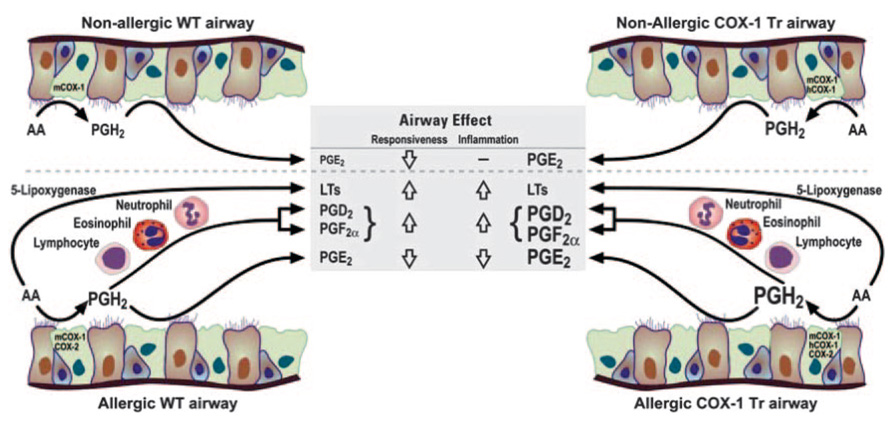FIGURE 6. A proposed scheme to account for the airway eicosanoid profiles observed in nonallergic and allergic WT and COX-1 Tr mice.
In the nonallergic airway, PGE2 levels are selectively increased in COX-1 Tr mice due to the presence of the COX-1 transgene (hCOX-1) and preferential synthesis of PGH2 to PGE2 by airway epithelial cells; this leads to a decrease in airway responsiveness. In the allergic airway, increased PGH2 production as a result of COX-2 induction leads to transcellular metabolism and generation of PGD2 and PGF2α by inflammatory cells in addition to increased PGE2 production by airway epithelial cells; the net effect is a balanced production of pro- and anti-inflammatory PGs. Absolute levels of airway PGs are higher in allergic COX-1 Tr mice than in allergic WT mice due to the sustained presence of the COX-1 transgene and, therefore, maintenance of greater PGH2 production.

